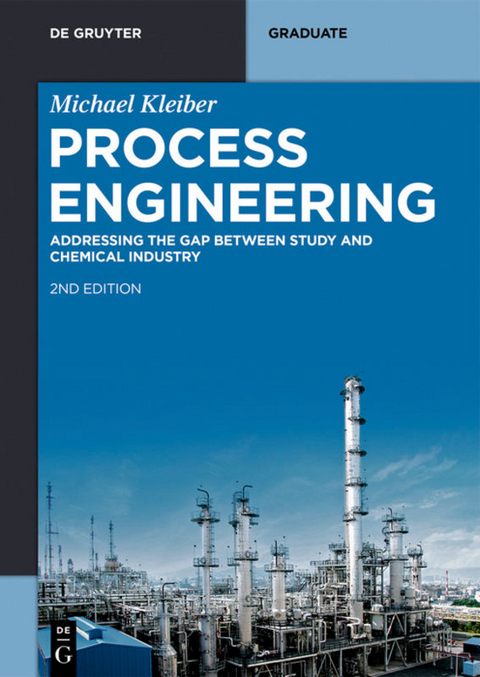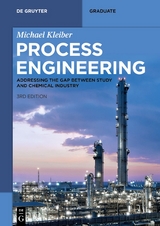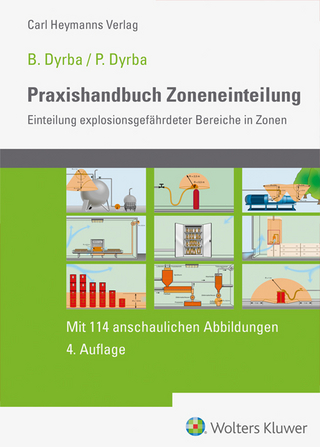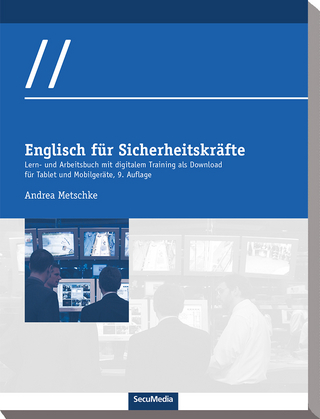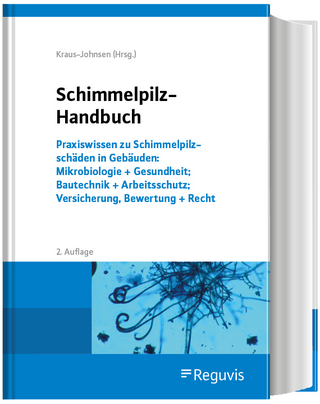Process Engineering
De Gruyter (Verlag)
978-3-11-065764-7 (ISBN)
Michael Kleiber, ThyssenKrupp Uhde GmbH, Bad Soden, Germany.
1.
Highly recommended for all students and practical engineers in the chemical / process industry
Reviewed in Germany on 25 December 2018
As a chemical engineer and process engineer I transferred twice between the academic world and the industrial world. After 20 years of working experience in the chemical industry I am know back teaching various courses in chemical engineering (e.g. separation processes, heat and mass transfer, process simulation, thermodynamics, etc.).
While our academic education focuses mostly on the theoretical knowledge, junior engineers and scientists starting their first job in the industry are faced with many new practical terms and concepts. After crossing that gap between academia and industry twice, it was especially the subtitle of this book that caught my interest:" Addressing the gap between study and chemical [process] industry".
Reading through the well written book was like a reminder of the practical learning curve I walked along as a junior engineer. All (yes all) the topics presented in the book played a role in my working career. Some of the concepts, e.g.
- engineering project (chapter 1),
- working on a process (chapter 3),
- heat exchangers (chapter 4),
- fluid flow engines (chapter 5),
- piping and instrumentation (chapter 12), utilities and waste stream (chapter 13)
- or process safety (chapter 14)
are continuous companions in the professional industrial job. Other concepts in the book, e.g.
- alternative separation processes (chapter 7)
- or thermodynamic models in process simulation (chapter 2)
might be helpful depending on the current assignment.
Reading the book, you can feel the long practical experience of the author. The text is easy to read, even where concepts can be complex. The strong theoretical background of the author is well known from other publications. In this book, however, the topics are presented on a level that every engineer and scientist in the chemical industry and process industry should know and can understand. A good subtitle might also be: "Essential practical knowledge for students and junior engineers and scientist in the chemical and process industry".
This book would have been very helpful at the beginning of my career to close the addressed gap. Therefore, I can strongly recommend this book not only to all students that get close to their degree, but also to engineers and scientists that just started their industrial career in the related industrial sectors that are subsumed under the term process industry (chemical or petrochemical industry, pharmaceutical industry, food industry, biochemical industry, environmental technology, etc.).
This book is like an investment. Doing a better job and getting a better job evaluation might pay for the book ...
2.
Very readable and recommendable!
The title of this book is really suitable. It fills the gap between studies and industrial practice with informations and knowledge from practical experience of the author in the process industry. None of the essential areas - from the cost estimation about the unit operations in chemical engineering to process safety - is omitted. So, students and young professionals get in-depth views on the themes and issues that expect them in practice. Very readable and recommendable!
3.
Chemical process engineering review Great book! Used the book to bridge the gap between theoretical knowledge and practical approaches in the industry.
| Erscheinungsdatum | 21.04.2020 |
|---|---|
| Reihe/Serie | De Gruyter Textbook |
| Zusatzinfo | 150 b/w and 100 col. ill., 25 b/w tbl. |
| Verlagsort | Berlin/Boston |
| Sprache | englisch |
| Maße | 170 x 240 mm |
| Gewicht | 795 g |
| Themenwelt | Technik |
| Schlagworte | Biotechnology • Chemical & Biochemical • Chemical Industry • Chemical Processes • Chemische Technik • Chemistry • Electronics • Industrial & Technical • Process Engineering • Science • Technische Chemie • TECHNOLOGY & ENGINEERING • Verfahrenstechnik |
| ISBN-10 | 3-11-065764-3 / 3110657643 |
| ISBN-13 | 978-3-11-065764-7 / 9783110657647 |
| Zustand | Neuware |
| Haben Sie eine Frage zum Produkt? |
aus dem Bereich
